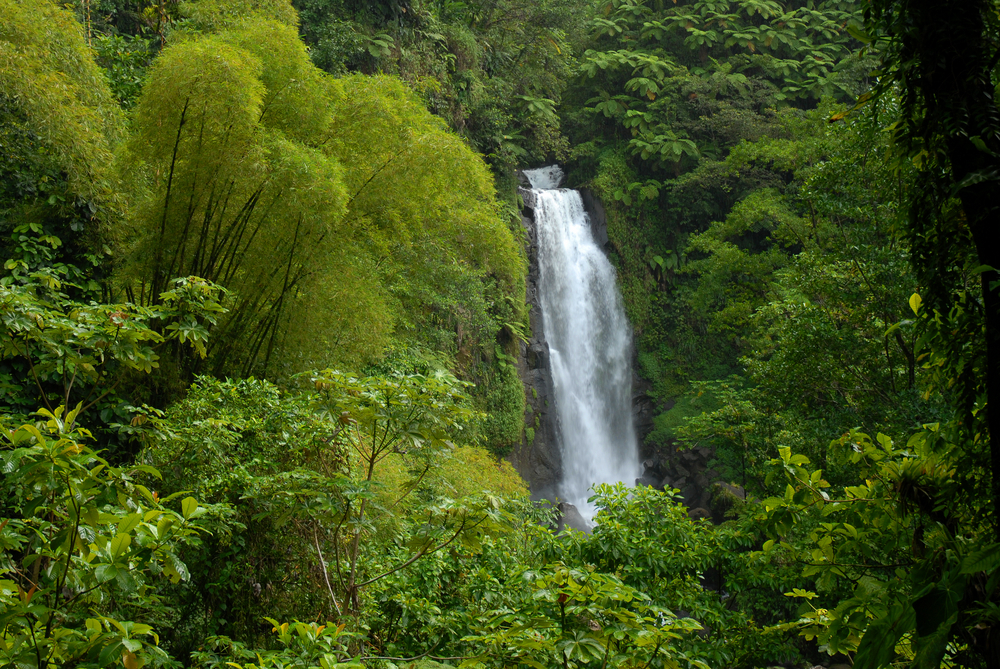
A new report has revealed that human activity has destroyed 10 per cent of the planet’s remaining wilderness areas in the last two and a half decades, and authors have warned that there will be no unspoiled areas left at all within a century if current behaviour continues apace.
The shocking study—conducted by the University of Queensland and the Wildlife Conservation Society, and published in Current Biology—found that 3.3 million square kilometres (an area twice the size of Alaska) of wild terrain had been negatively impacted by humans between 1993 and today.
The Amazon Basin saw the largest levels of environmental vandalism, with gigantic swathes of pristine rainforest still being felled, despite the Brazilian government’s recent efforts to slow deforestation. The Ucayali moist forests in the west of the Amazon, home 600 bird species exist and rare primates including emperor tamarins (pictured), were especially badly affected.

Wilderness areas in Africa were also hard hit, with some 14 percent of such areas disappearing over the period, in areas such as the Congo, home to forest elephants and, according to WWF, more gorillas and chimpanzees than other area in the world..
This ‘catastrophic’ loss of habitat was a calamity for innumerable endangered species, said the report’s authors. They also said it posed a significant and real threat for everyone on the planet because of the knock on effect on global warming, with wilderness areas storing huge amounts of carbon, which in now much more likely to be released into the atmosphere.
‘Wilderness’ areas were defined by authors as places that are ‘ecologically largely intact and ‘mostly free of human disturbance’, an interpretation that allowed for the presence of indigenous communities. If an area scored on eight measures of humanity’s footprint— including roads, agriculture and light pollution at night—they were discounted from consideration.
‘Without any policies to protect these areas, they are falling victim to widespread development,” said lead author Dr James Watson. “We probably have one to two decades to turn this around.”
The study revealed that wilderness areas were vanishing quicker than significant spots were being designated as protected areas: 3.3 million square kilometres destroyed versus 2.5m million square kilometres being ring fenced for conservation.
‘Environmental policies are failing the world’s vanishing wildernesses,’ Professor William Laurance of James Cook University told The Guardian. ‘There are four reasons why we need to protect these places. One is biodiversity, the second is carbon, the third is the poorest of the poor are living in them, and the fourth is this is a reference point for nature, of pre-human environments.’
[geoip-content not_country=”CA”]
ON THE APP
Wild Orphans: Tota, an Amazonian Monkey
The Woolly monkeys of the Amazon rainforest are in rapid decline due to the incursion of industry, deforestation and poaching. To protect these primates from smugglers wishing to sell them on the black market, conservationists must take immediate action.
 Want to watch Wild Orphans: Tota, an Amazonian Monkey for free right now? Subscribe to the Love Nature streaming app and start your 30-day free trial of the best on-demand natural history documentaries out there. [/geoip-content]
Want to watch Wild Orphans: Tota, an Amazonian Monkey for free right now? Subscribe to the Love Nature streaming app and start your 30-day free trial of the best on-demand natural history documentaries out there. [/geoip-content]
